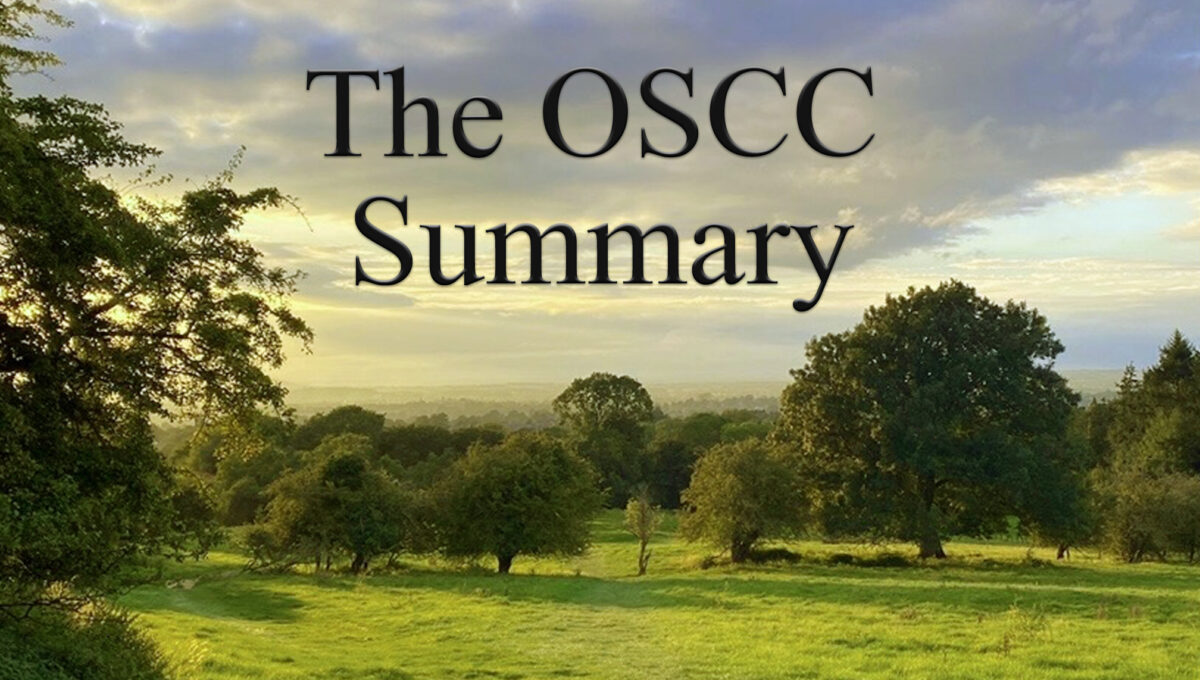This week, the Oxford School of Climate Change illustrated the intimate relationships between culture and the natural environment. Research by Dr Rasmus Kløcker Larsen captured the power of storytelling in climate activism, with a focus on the Saami people and the green transition. Within the ethnographic account of the Saami people and their indigenous land, a need for creativity out of geographic restraint is often observed in the midst of political disadvantage.
The process of permitting new mines in Sweden was shown to affect Saami people through their hardships in influencing mining action, despite their international law protections. The assessments of mining projects continue to neglect communicating the total ecological impact. Herding reindeer (a cooperative Saami practice) is often assumed to be unaffected by mining endeavours, infringing Saami autonomy in their herding processes. The social and environmental incompatibility between mining and reindeer herding have resulted in Saami communities developing their own independent impact assessment.
Dr Larsen’s work aims to amplify the Saami perspective on the impact of planned mining on their community practice. Indigenous participation in the process of impact assessments have historically remained within the stages of consultation, with legal instruments being a key bargaining power. Regimes that push co-management in these cases rely on the premise that the relationship between the natural environment and Saami culture will be respected. Such research stresses a need for the re-evaluation of governmental frameworks to better incorporate an intersectional approach to future industrial operations.

